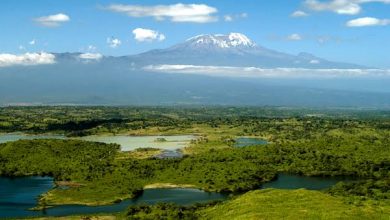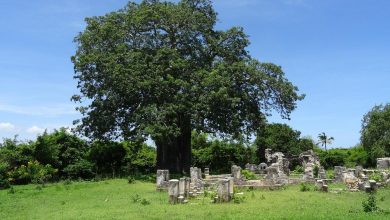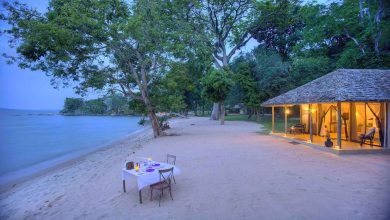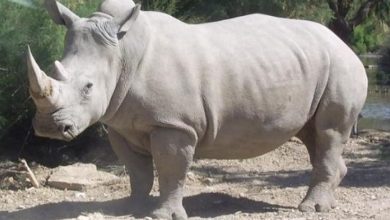Paradise of wildlife, cradle of humankind

ARUSHA: A Land Where Time Slows WELCOME to Ngorongoro, a place where the earth whispers stories of nature and humanity. Nestled high in Tanzania’s northern highlands, misty hills roll into ancient valleys, each steeped in memory and life. Here, history, culture and the wild converge into a living masterpiece.
Ngorongoro is not just a destination. It is a feeling.
The birth of a conservation marvel In 1959, when Tanganyika was still finding its footing as a nation, a bold decision was made: Ngorongoro needed special protection. Originally part of Serengeti National Park, the land was home not only to thriving wildlife but also to the Maasai people, who had lived here for generations.
To balance nature and culture, the government divided the area: Serengeti became a strict wildlife park, while Ngorongoro was declared a Conservation Area, a pioneering experiment in combining conservation, community development and sustainable tourism.
The Crater: Nature’s Masterpiece
At the heart of the conservation area lies the Ngorongoro Crater, formed millions of years ago by a colossal volcanic eruption. Today, it is a natural amphitheatre teeming with life. Over 30,000 animals roam its lush interior, from elephants grazing beneath acacia trees to lions patrolling the plains. Within a single day, you may encounter the Big Five: elephant, lion, buffalo, rhino, and leopard, all in one extraordinary setting.
Birdlife adds colour and motion. Eagles soar overhead, while flamingos dance in the pink waters of Lake Magadi. It is a symphony of life, predator and prey, earth and sky, all in delicate balance.
“Africa’s Eden, often whispered as the Eighth Wonder of the World.”
The Cradle of Humankind
Ngorongoro is also where the story of humankind begins. Beyond the crater rim lies Laetoli, where footprints pressed into volcanic ash over 3.6 million years ago mark the earliest evidence of upright walking. Nearby, Olduvai Gorge the “Cradle of Mankind”, revealed Zinjanthropus skulls, stone tools, and fossils tracing human evolution from primitive beings to modern humans.
Recognising this extraordinary blend of natural and cultural heritage, UNESCO designated Ngorongoro a Mixed World Heritage Site in 2010, one of only a handful worldwide to receive such a distinction.
People of the Land: The Maasai
The Maasai bring Ngorongoro to life. Tall, proud, and graceful, they continue to live within the conservation area, preserving traditions that stretch back generations. Draped in red shukas and adorned with intricate beadwork, they greet visitors with songs, dances and stories, reminders that humans and nature can coexist in harmony.
“The Maasai are not just residents; they are guardians of an enduring legacy.”
Experiencing Ngorongoro
Visiting Ngorongoro is an immersive experience. It is the roar of a lion echoing across the crater floor, the shimmer of flamingo wings skimming a silver lake, the ancient heartbeat of human footsteps preserved in Laetoli’s ash, and the warmth of a Maasai welcome under a starlit sky.
Here, wildlife roams freely, volcanoes stand silent, and the echoes of human history linger, a living reminder that some places are more than land; they are the heartbeat of the earth.
Ngorongoro is a living testament to life, history and the delicate interplay of nature and humanity. Every stone, tree, and creature tell a story, and the story continues.





